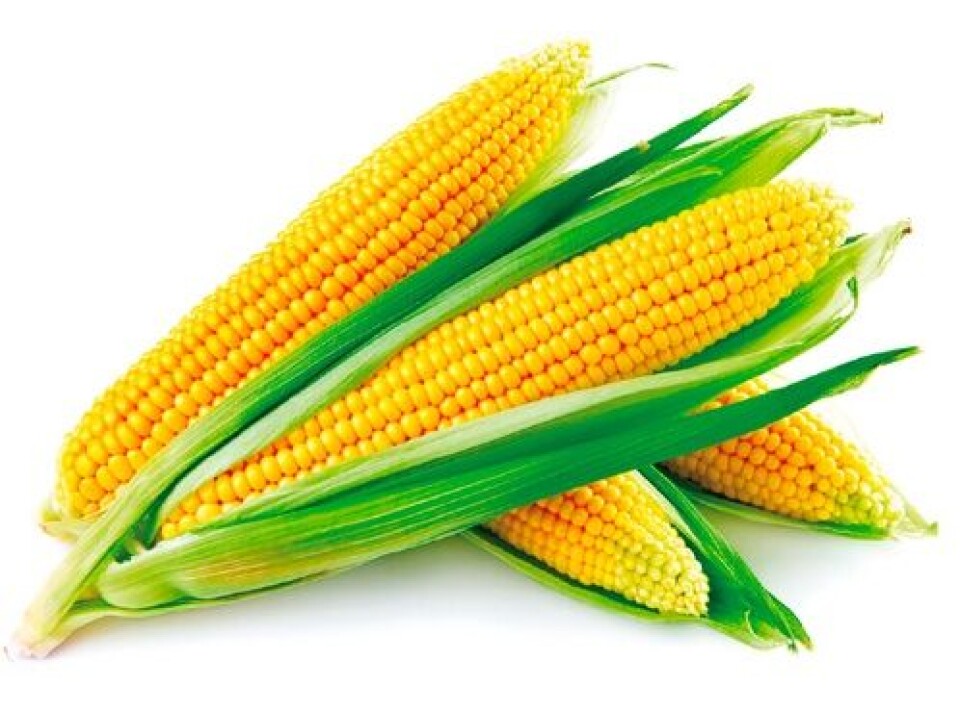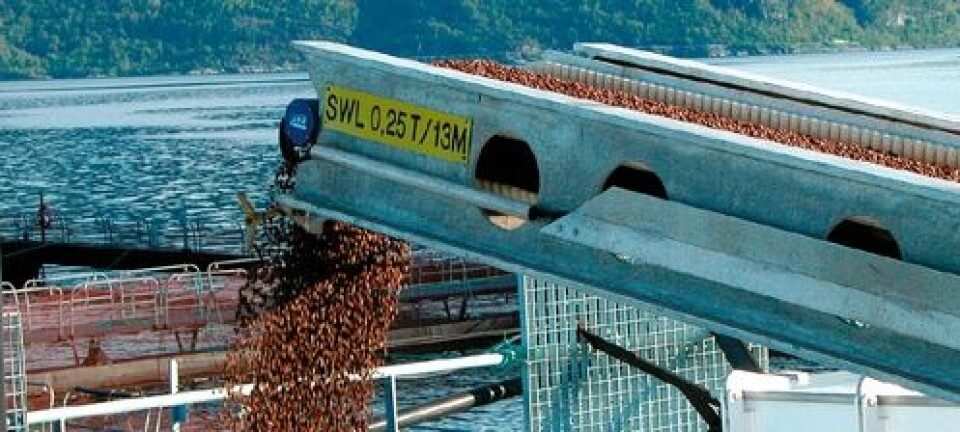Alternative feed raw materials

The nutritional requirements of fish change according to species, in addition to growth and developmental stage. Maintaining good fish health depends on the identification of nutritional requirements during different phases of their life span. As the nutritional content of vegetable products differs from that of marine organisms, the composition of nutrients is also different. Much of the research carried out under the Aquaculture Nutrition Research Programme relates to the nutritional needs of fish and how the composition of proteins and fatty acids in different feeds and feed raw materials affects the energy and nutrient metabolism of the fish and its development. Fish metabolize the nutrients they absorb from the feed in different ways, depending on which feed ingredients have been used, and the balance between different nutrients. Fish fillet composition can also be altered by feed composition. Several of the nutrients stored in fish fillet have a positive effect on our health. Some of the programme’s research effort is therefore focused on finding ways of enriching the nutrients in the fish muscle. The aim is to produce a healthy farmed fish, especially rich in health promoting nutrients.
Plant oils as an alternative source of fat in feed Plant based raw materials are increasingly used in fish feed. But plant oils have a fatty acid composition that differs greatly from fish oil, traditionally the most common source of fat in fish feed. If fish oil is replaced by plant oils, the content of omega-6 and omega-3 fatty acids changes, depending on which plant oil sources are used. One possibility is to use a mixture of linseed oil, rapeseed oil and palm oil instead of a single plant oil as a substitute for fish oil in the feed. When this plant oil mixture is used, the level of saturated, monounsaturated and polyunsaturated fatty acids remains similar to that of fish oil. Researchers on the programme investigate the effects of the different combinations of vegetable oil in feed on the health, quality and metabolism of the fish. For many years the research programme has been focusing on problems related to the use of different fatty acids in fish feed. The research on alternative sources of fat is also part of a large international research project called AquaMax (http://www.aquamaxip.eu/). The strategic goal is to replace as much as possible of the fish meal and fish oil currently used in fish feeds with sustainable, alternative feed resources, with the aim of producing farmed fish that is healthy and safe to eat, and which maximises the health benefits for the consumer.

Genetically modified plant-based raw materials (GMPP) in fish feed Soya and maize are used as a source of protein and starch in plant-based fish feed. A steadily increasing proportion of these and other plants that are cultivated today are genetically modified. An understanding of the effects that genetically modified plant based fish feed exerts on the health, normal development and wellbeing of the fish is therefore important. The Aquaculture Nutrition Research Programme studies how GMPP raw materials affect the metabolism, development and health of the fish, and their ability to withstand stress. Understanding the effect of GMPP raw materials on fish is therefore a key element in the steps being taken by the authorities to draw up regulations for different substances in both feed and food. Previously, feeding trials with salmon have shown how GMPP has affected fish health, but these results have not been uniformly reproducible.
Proteins, vitamins and minerals in plant based raw materials A correct balance of amino acids in the feed is a prerequisite for normal growth and development of fish. As the proteins in plant based raw materials have a different amino acid profile from the proteins in marine raw materials, this presents challenges when plant based raw materials are used as a source of protein in fish feed. Fish meal also contains vitamins and minerals which are essential for the fish, but not commonly found in plant based raw materials.
The protein composition is essential The proteins in the feed are broken down into amino acids which is used by the fish to build the proteins they need for normal development. The fish are dependent on receiving ten different amino acids – so-called essential amino acids – through the feed as they are unable to make these themselves. If essential amino acids are imbalanced in the feed, the metabolism of the fish can change and affect their health and wellbeing. The Aquaculture Nutrition Research Programme investigates whether the protein composition in different plant based raw materials in the feed affects salmon, cod and the common sole.

The importance of vitamins and minerals In addition to proteins, fish meal contains vitamins and minerals needed by the fish. These substances are required for optimal metabolism. The research programme therefore investigate the presence of these micro-nutrients in different plant based raw materials and determine how much of individual vitamins and minerals is required by the fish.
Genetically modified maize doesn’t reduce salmon growth A recent study contradicts earlier findings of reduced growth and appetite in salmon. There were only minimal differences between salmon that were fed genetically modified (GM) maize and those on a diet of normal maize. These were the results of a study carried out by NIFES and the Norwegian School of Veterinary Science. The feeding trial lasted for three months, and the results are different from those found by an earlier experiment in 2007, which showed that salmon on a diet of GM maize ate less and grew less than salmon given ordinary maize. “It is still too early to draw any conclusions, but such a difference in the results suggests that it was not the GM maize that led to reduced growth,” says NIFES scientist Nini H. Sissener.
Four different diets Genetically modified maize contains a protein called Cry1Ab that protects the plant against insects. The protein damages the gut of the insects, and they die. In the new experiment, four different diets were given to the salmon; some of them were given GM maize and others normal maize. “We also fed two of the groups soya, which produces intestinal inflammation in salmon. We did this in order to find out whether salmon with intestinal inflammations are more sensitive to the GM maize,” says Sissener. The results displayed no major differences between the groups fed the different diets.
More and more widespread GM crops, especially maize and soya, are becoming more widely cultivated all over the world. “Almost 80 per cent of all soya is genetically modified, and it is becoming increasingly difficult for feed manufacturers to obtain non-GM ingredients,” says Sissener. She adds that more experiments, including long-term trials, are needed before we can draw any concrete conclusions. It will be particularly important to find out if the protein produced by GM maize can cause damage to salmon. “These findings are much less dramatic than those of the previous experiment, but there are still a number of aspects that we cannot explain,” says Sissener. The study was carried out in collaboration with the Norwegian School of Veterinary Science, and was financed by the Research Council of Norway and a European Union project.























































